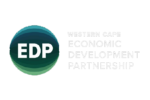Urban spaces worldwide, including Cape Town, are reported to be the loci of sustainability challenges and solutions. This creates the necessity for governments and institutions to enhance urban social-ecological systems (SES) resilience to mitigate and leverage shocks. This includes shocks such as the interrelated water, energy, food, and waste resource challenges faced worldwide. However, there is a gap between commitments to SES resilience and the practical ability to govern for resilience, creating a dichotomy between resilience theory and practice. In response to this dichotomy, the Water-Energy-Food (WEF) Nexus framework has been proposed as a supporting instrument for SES resilience. This is because it represents a form of resource governance that manages resources interrelatedly rather than siloed, as approached traditionally.
To test these SES resilience-enhancing claims, a transdisciplinary research approach is adopted first to understand how the WEF Nexus is understood from a theoretical and practical point of view.
It is found that a gap exists between academic ambitions for the WEF Nexus framework and the practical implementation of the framework, making it difficult for these resilience-supporting claims to be substantiated. In this regard, the WEF Nexus is under-explored practically, socially, and in terms of governance. To identify a practical nexus governance approach, the governance and management systems of the V&A Waterfront, including their Global Carbon Exchange (GCX) system, are explored.
The main research question is :
- How does the nexus governance approach at the V&A Waterfront enhance the capacity to govern for resilience in the Cape Town context?
The sub-research questions are:
- How is the WEF Nexus framework understood, with particular reference to the practical, social, and governance (PSG) implications?
- What governance and management systems have been developed by the V&A Waterfront, including the GCX system?
- What are the practical, social and governance implications of the nexus governance approach at the V&A Waterfront, and do these implications hold any potential for enhanced resilience in the Cape Town context?
It is found that a nexus governance approach has been adopted by the V&A Waterfront, making it the perfect case study to test if a configured bridge between nexus theory and governance in practice (nexus governance) enhanced the practically demonstrated ability to govern for SES resilience. The practical, social and governance implications of the nexus governance approach at the V&A Waterfront are explored to test this claim. Findings suggest that the nexus governance approach at the V&A Waterfront, enabled by GCX DASH- (a material flow analysis digital decision support system), had the following implications:
- Enabled decoupled resource governance.
- Enabled a bird’s eye view of data, which saved time.
- Enabled nexus thinking where waste-to-energy was used as means to desalination.
- Enabled adaptive co-management between landlords and tenants.
- Supported green leases, shared value ecosystem and supply chain partnerships.
- Assisted with better projecting potential outcomes, which enabled better decision-making regarding CAPEX
- Drove systems change, something exemplified with the example of Day Zero (drought in Cape Town)
- Altered power dynamics: relationships of trust for the goal of systems change.
This is followed by an in-depth analysis of these implications and if they hold any potential for enhanced SES resilience. Findings suggest that the nexus governance approach at the V&A Waterfront has implications that strengthen the capacity to govern for SES resilience in the V&A Waterfront context. The conclusion is then made that the nexus governance approach also strengthens the capacity to govern for SES resilience in the Cape Town context. Results also suggest the most crucial element for the success of the nexus governance approach is a material flow analysis (MFA) based decision support system (DSS) exemplified by GCX Data Analytics and Sustainability Hub- (DASH-).







